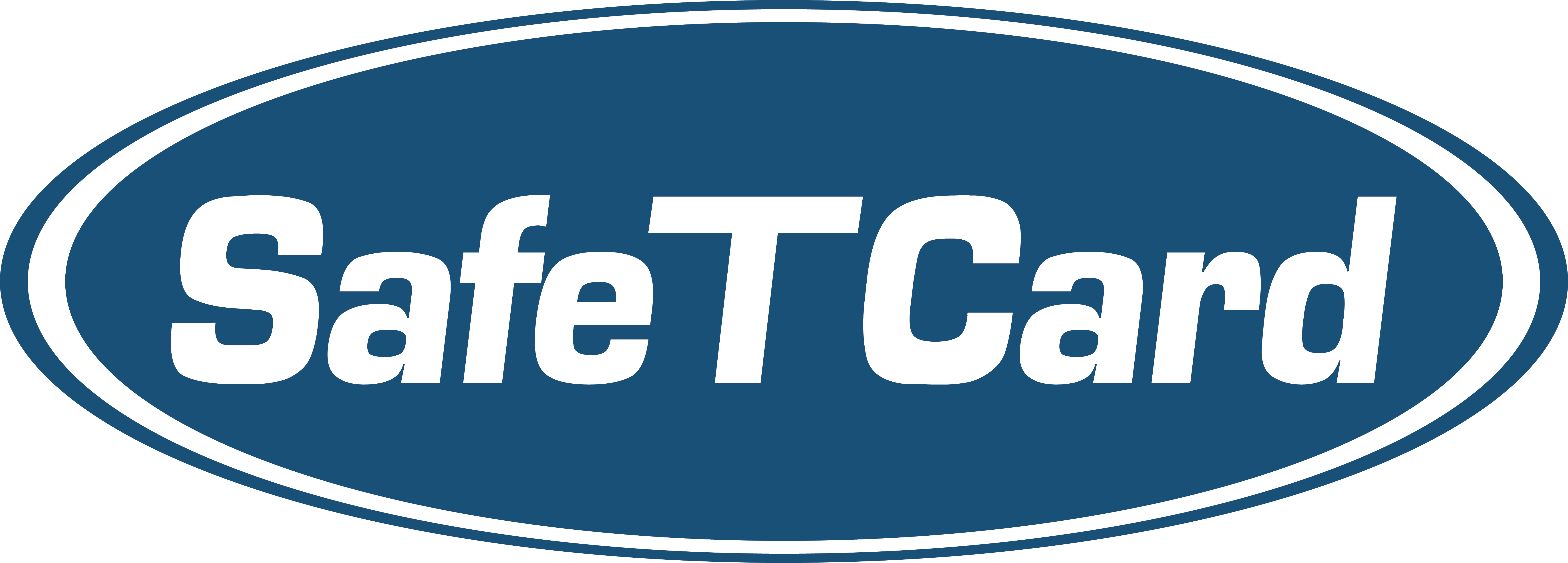Healthcare · Government · Social services · NFP · Aged and connected care
SafeTCard ID
Healthcare · Government · Social services · NFP · Aged and connected care
SafeTCard ID
From $1/day Ideal safety device for lone workers who have to display an ID card: discreet and easy to access
- 1SOS button & rip cord
- 2Fall Alert
- 3Audio-check in
- 424/7 Alarm Receiving Centre
- 5GPS Technology
- 6One & two-way audio
How we compare
SafeTCard is leading the market
- 1Discreet ID card holder
- 2Operates on both Telstra and Optus sims
- 3Audio Check-In with indoor verbal GPS recording
- 4Our unique Australian-owned ASIAL-certified Grade A1 Alarm Receiving Centre is operated in-house, 24/7 for constant access to support
- 5All data received is securely stored in Australia in accordance with data sovereignty legislation
- 6Our ARC is reinforced by built-in, multi-level redundancies for unmatched system reliability
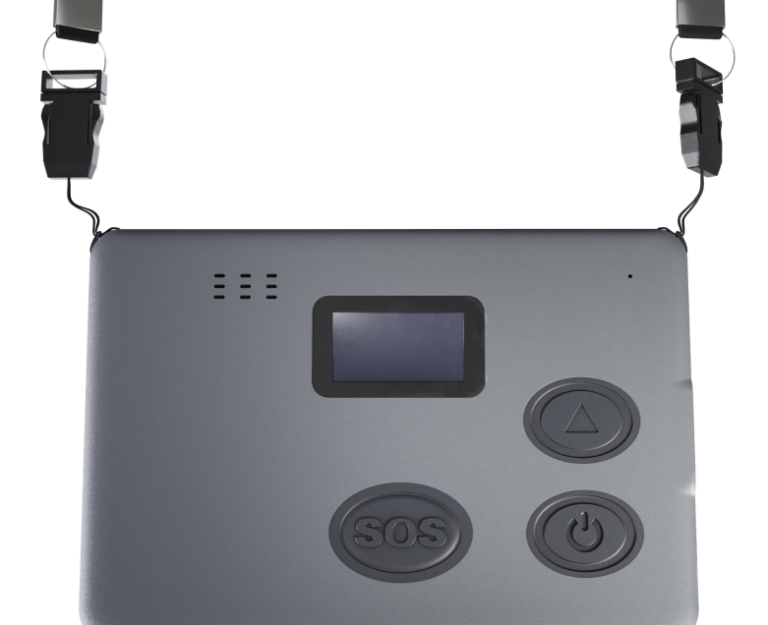
Product features
Designed to protect, built to last
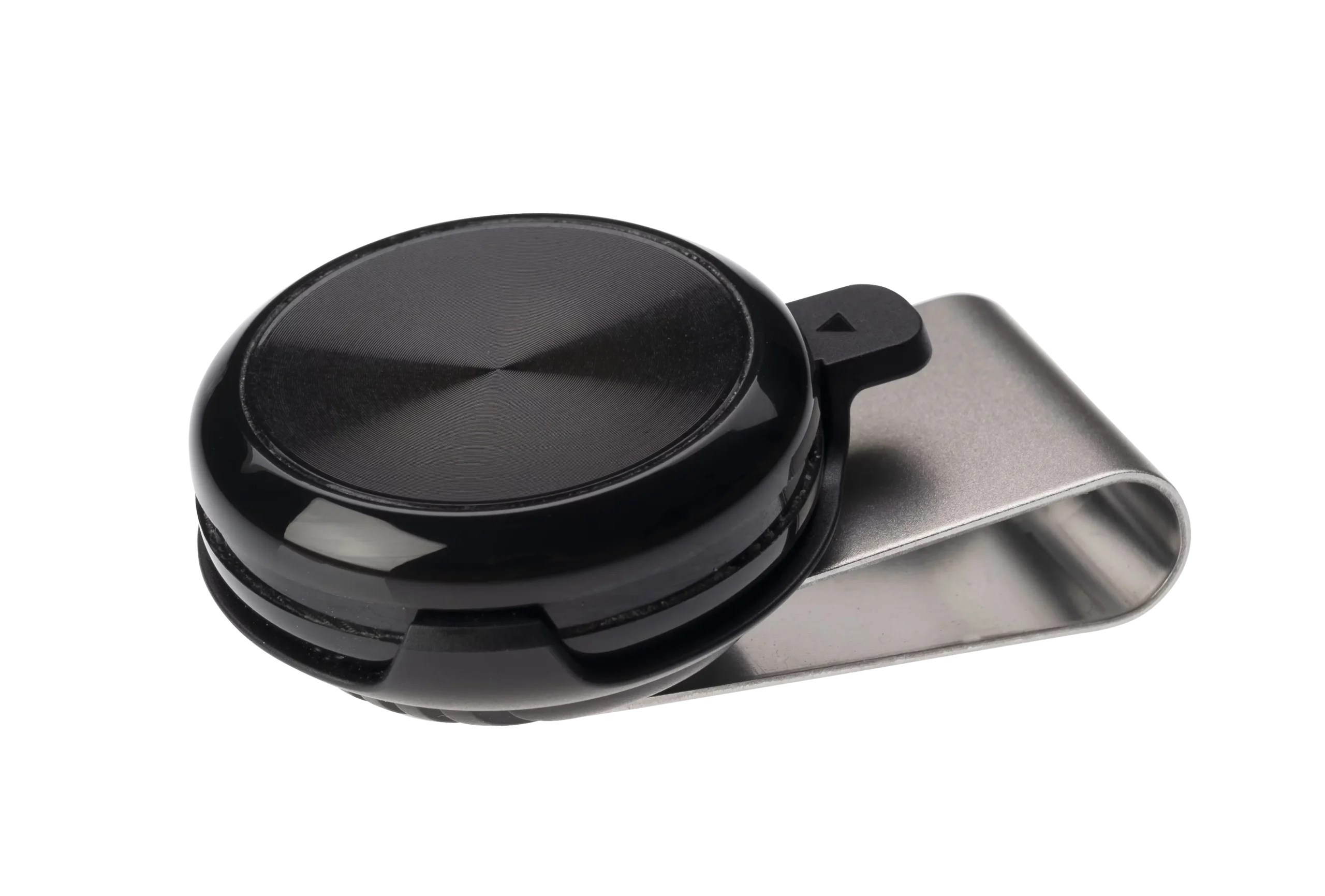
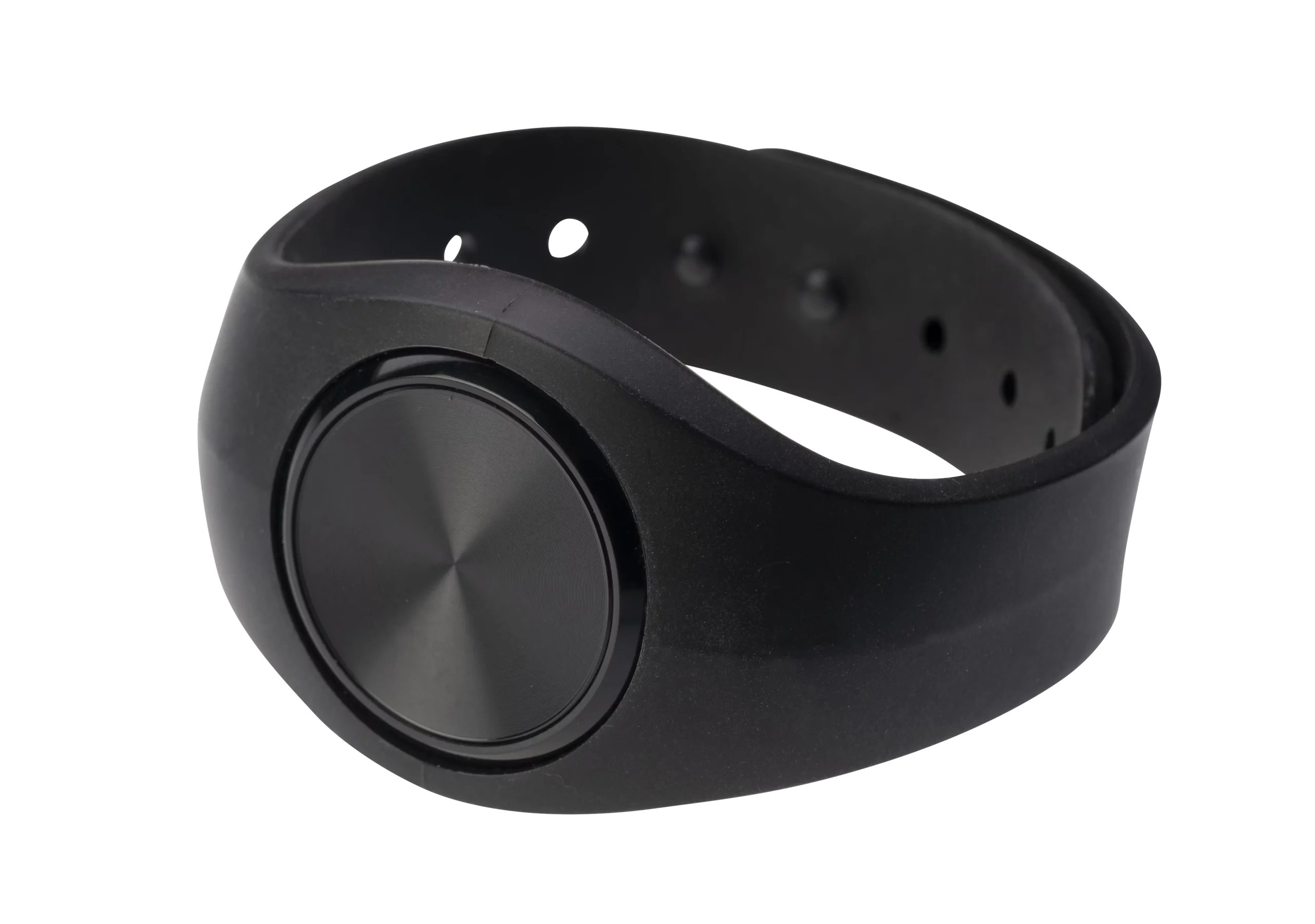
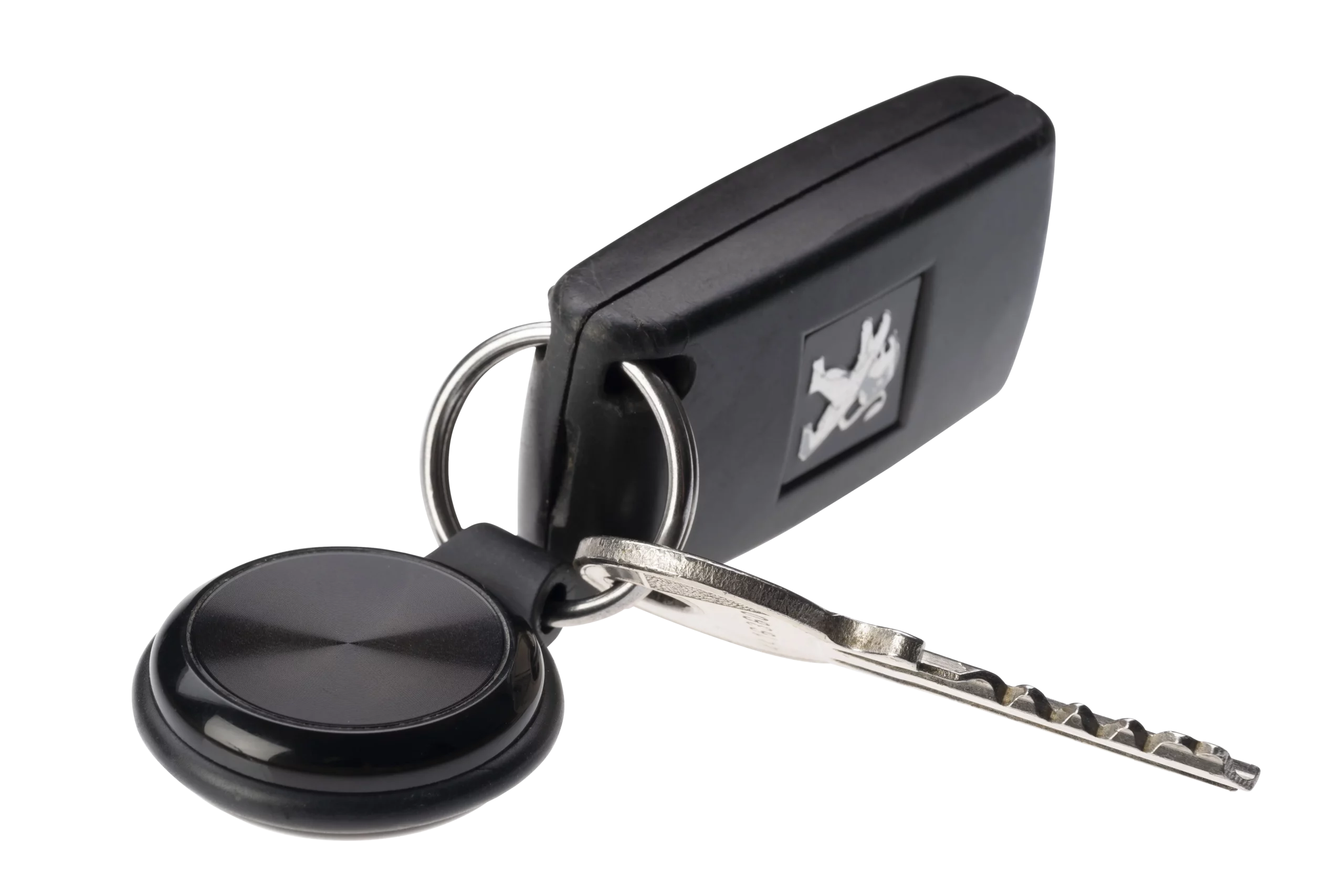
How it works
Use your device wherever and whenever you need it
How can SafeTCard help you?
Reducing risk for your team
Risk:
Remote workers are unable to communicate incidents
Solution:
Access to 24/7 Alarm Receiving Centre
Risk:
Common risks in everyday work exacerbated by remote work
Solution:
Accurate GPS locations and easy-to-activate alerts
Risk:
Lack of access to timely support for incidents and injuries
Solution:
Instant communications with a direct line to emergency services
Case Study and real-life story
Reducing risk for your team
Safety and efficiency for NSW Government remote workers
Background:
A NSW government agency responsible for conducting field surveys in remote locations needed a more efficient way to ensure the safety of their lone workers. The traditional buddy system, while effective, was costly and often resulted in underutilization of resources.
The challenge:
Remote workers faced significant risks, such as medical emergencies or accidents in isolated areas where immediate help was not available. The agency required a solution that could protect workers while eliminating the need for a second worker purely for safety reasons.
The solution:
The agency implemented SafeTCard’s discreet ID device, which doubles as an ID card holder, making it an unobtrusive yet powerful tool for worker safety. The device offers real-time GPS position when activated and emergency alerts, allowing workers to operate independently. In a real incident, the ID device triggered a rapid emergency response when a worker faced a health emergency, demonstrating its effectiveness.
Outcome:
By adopting the SafeTCard ID device, the agency enhanced worker safety while reducing costs associated with the buddy system. The discreet nature of the device ensured workers could carry it without drawing attention, while the elimination of the buddy system allowed the agency to reallocate resources more effectively, boosting overall productivity. This solution provided a smart balance between safety and operational efficiency.
We protect workers in over 350 Australian companies

















Downloadables
Your guide to safety
FAQ
Questions?
A call is made from the SafeTCard device to our 24/7 Alarm Receiving Centre. The operator can access any information associated with the device (e.g. user details, employer, escalation contacts, instructions etc.) by listening to what is occurring in the device’s surroundings. The operator listens, assesses the situation, and responds appropriately, including dispatching emergency services if required. All audio is recorded at the Alarm Receiving Centre and can be released upon Police request. The device will also communicate with GPS for your location*.
*GPS location may not be obtained if the alert is activated indoors, Yellow Voice feature can be used if not at a fixed site.
Alerts can be activated by pressing a button (red alert), pulling the lanyard to release a pin (rip alert), or fall alert, the alert will activate automatically (incapacitation alert).
SafeTCard Australia is ISO9001 certified, meeting all high-level Australian and International Government Quality Assurance (QA) requirements.
SafeTCard lone worker devices are monitored by our AS/NZ Certified Grade A1 24/7 Alarm Receiving Centre (ARC), which is the highest level of certification awarded by Australia’s security peak body, the Australian Security Industry Association Limited (ASIAL). Regular independent audits and certifications maintain our high service standards. Trusted by governments and other high-security organisations, SafeTCard is fully compliant with Government Privacy Laws and Requirements.
SafeTCard offers comprehensive support throughout the life of the contract through our dedicated support team.
We offer a learner-directed online training platform which can be accessed at any time. Staff will watch a series of videos and complete activities using their duress alarm device. A SCORM file can also be added to your internal Learning Management Systems.
Yes, all security and safety devices can be allocated to individuals or shared. Users can be individual names, titles, or locations.
No, the GPS location attempt only commences on when an alert has been activated on the lone worker alarm.
